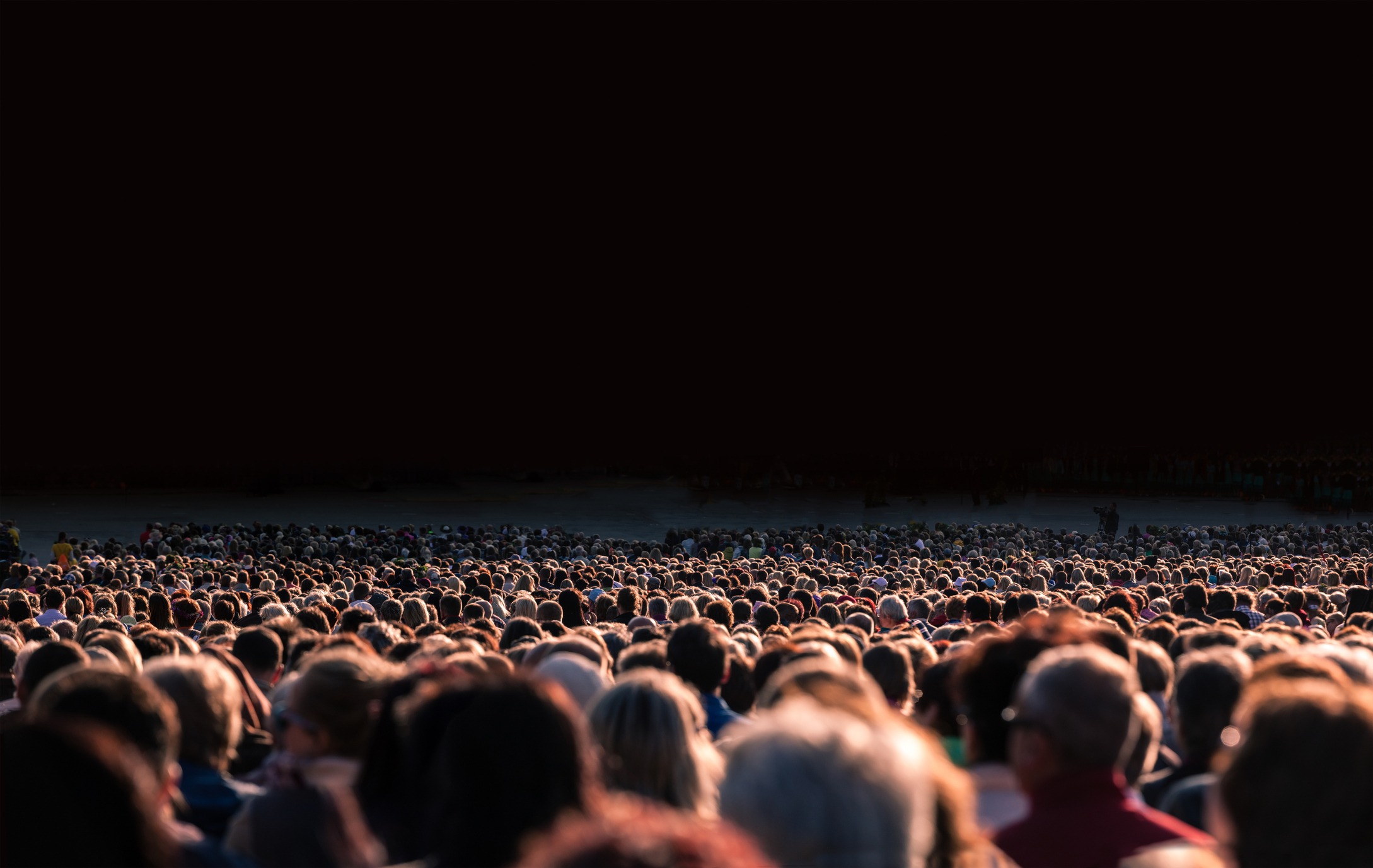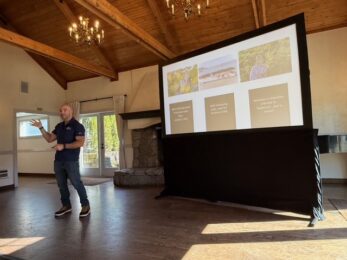We hear it repeatedly: business is back, events are happening, Zoom fatigue is real…but the reality is, events are not only happening, they’re happening safely.
The recent celebration of Global Meetings Industry Day (GMID) provided our industry with an opportunity to step back from the chaos of the last two years and assess not only where we have been, but where we are going. Events are back with new perspectives and tools, and they are shaping up to be better than ever.
No doubt that we are all aware of the return of major events like SXSW, Mardi Gras and the double win for Los Angeles, who not only received the economic impact of the Super Bowl but also walked away with a new ring for their local team. Though these events are major and in the public eye on a national scale, they are not the only successes taking place.
Baltimore, for example, successfully welcomed the CIAA Tournament in February of this year and saw numbers that exceeded their 2019 championship day numbers by nearly 4,000 people. Just over two months prior, around 60,000 attendees raced into Indianapolis for the Performance Racing Industry tradeshow and met with success.
As cities have welcomed back both group and leisure visitors, health and safety have remained a priority. As we continue to venture into the ever-evolving “New Normal,” it is clear in hindsight that both destinations and event strategists used both tangible and intangible tools developed out of necessity, and as we continue to move forward, it is important that we not only heed the lessons learned, but that we don’t disregard the tools that we developed.
Creativity and Collaboration
We have also learned how quickly things can change. Being forced to take on characteristics of flexibility and creativity are not optional. Long gone are the days of the “copy and paste RFP.” As we continue to morph and shift, these tools are more applicable than ever. Social distancing has required us to reimagine how something as simple as a room set looks. Through the process of reimagination, we continue to learn a lot. And that learning is transferrable.
When we look at every aspect of an event through the lens of safety, perceived safety and well-being, we start designing spaces that produce comfort. And in turn, that comfort produces engagement.
Event strategists and destination organizations have been going out of their way to make sure safety elements are over-communicated and that safety components, like sanitization stations, are accessible at every turn. Though some of the guidelines will remain and others will go away, when attendee psychology is taken into account and communication is enhanced and prioritized, events will continue to exceed expectations.
Read More: The RFP of the Future: Stronger Partnerships, Successful Events
Not All Audiences Are the Same

The necessity of hybrid meetings brought many things to light. As destinations grappled with the increased infrastructural technology needs, organizations were being forced to complete the production of not one but two events during a time when the only known was that everything was unknown. Two events meant two budgets; but even more importantly, it meant two audiences.
Finding a way to engage two groups of people and provide some form of consistency in not only content but experience was a new challenge. Though the interest in maintaining some form of a hybrid event structure varies, the process of evaluating attendee needs is a tool that was sharpened and will impact live events moving forward.
Event strategists are now well versed in how to look deeper at what success looks like to all stakeholders and design their events around those needs proactively instead of answering requests reactively. We’ve learned not only how to operate with content engagement and digital articulacy, but also with emotional intelligence to create a space where all feel they belong.
Read More: 8 Engagement Tips for Your Next Hybrid Event
Time Is the Most Valuable Commodity
The challenges brought on by the global pandemic have impacted every element of our world. Logistical areas like supply chain continue to struggle and sentiments have shifted impacting everything from time management to the workforce itself. Work-life balance is no longer the goal, but the interface of the two is expected to create a work-life harmony.
Perception of value looks different, and the highest value commodity is time. With a shift in perception of value, we have to continue to shift the event value proposition to match. Event strategists have worked closely with destinations to communicate the health and safety regulations in the host community for years now and as those relationships with all stakeholders continue to develop, we can provide engagement opportunities that will allow visitors to make the most of their time not only inside the walls of your event but also outside the box and in the destination itself.
We can no longer look at the value of time as being a day pattern that will let your attendee arrive home for a weekend. We now have to look deeper and consider a holistic approach that will provide your attendee with an experience that will enrich their life professionally and personally.
If we continue to listen to understand and work to cultivate and use the tools we have created, the evolution of the norms will shift to match events rather than the other way around.
Emily Scheiderer is director of education, sales and services with Destinations International, the global trade association for convention and visitors bureaus (CVBs) and destination organizations.




